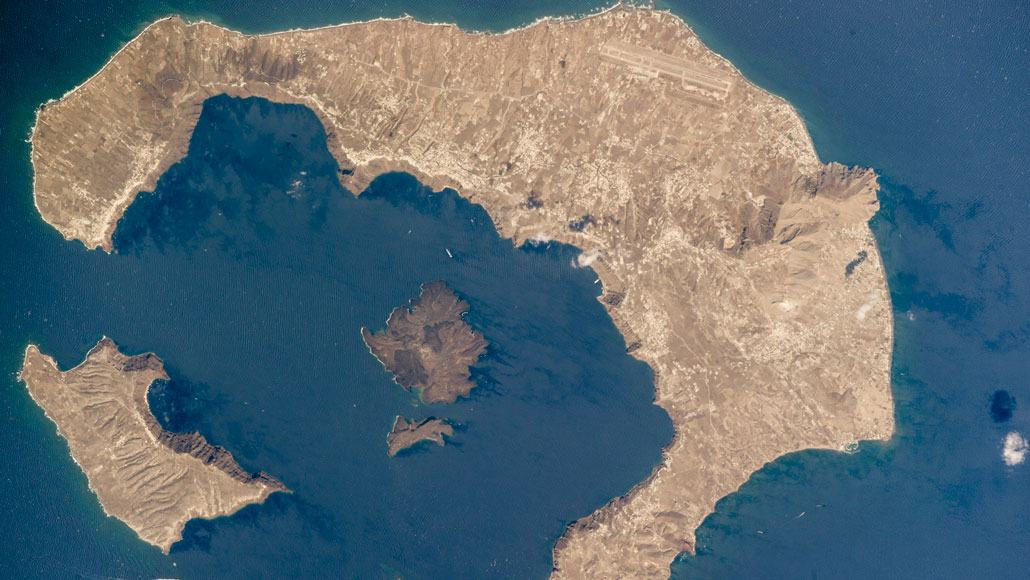
Sea level seems to influence eruptions from the partially-submerged volcano of Santorini in Greece (pictured). Lower sea levels are historically linked to more eruptions.
NASA Earth Observatory

Sea level seems to influence eruptions from the partially-submerged volcano of Santorini in Greece (pictured). Lower sea levels are historically linked to more eruptions.
NASA Earth Observatory